Africa Wildlife – Devastated by COVID Tourism Drop
Africa’s tourism industry lost nearly US$55 billion in travel & tourism revenue in first three months of COVID-19 outbreak. This is a particularly staggering figure when one considers that it directly employs nearly 4 million people, providing livelihoods to 24 million African families, representing 10% of Africa’s GDP.
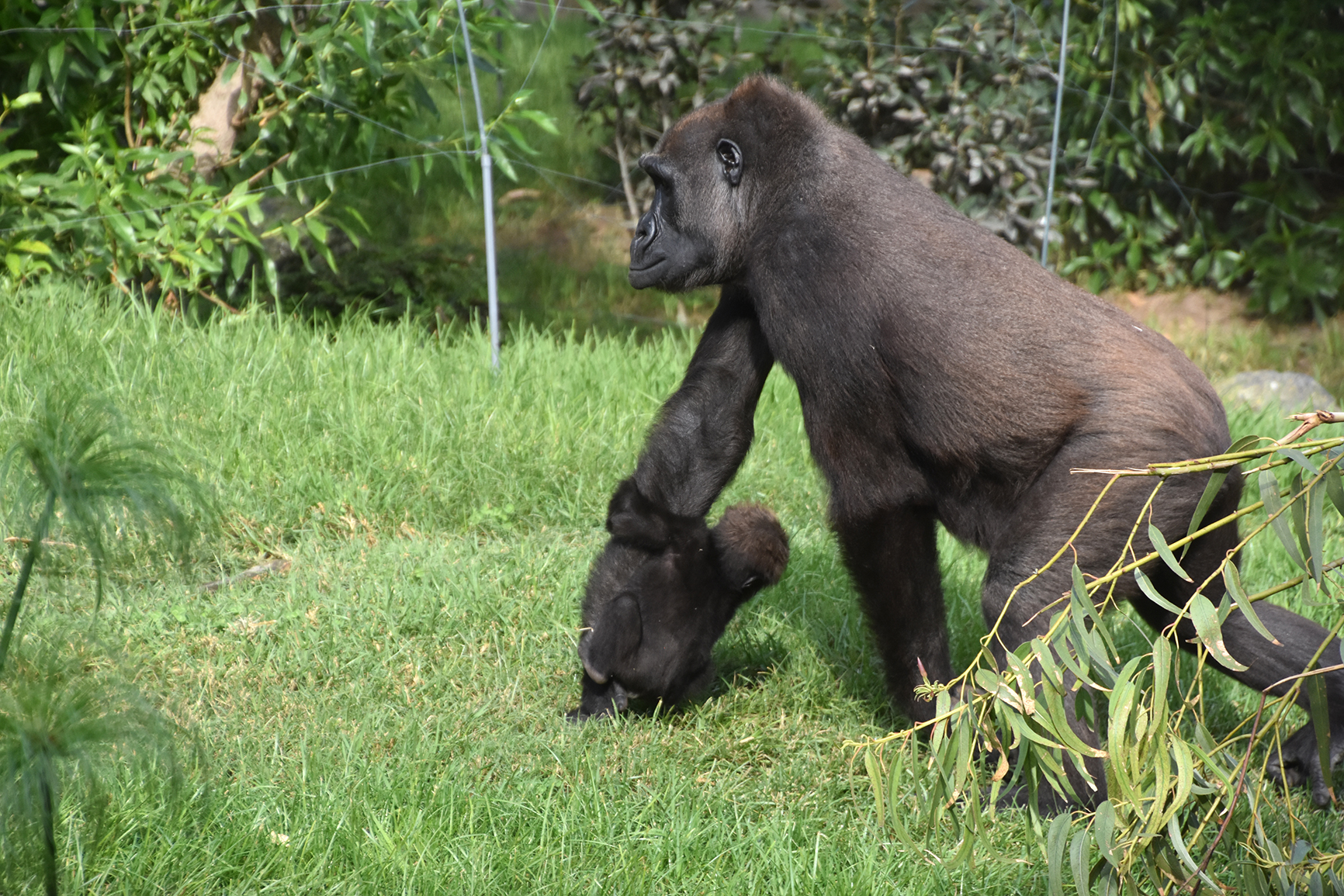
In conjunction with this is the impact on wildlife tourism, which support 8.8 million African jobs and is crucial to protecting the continent’s natural world.
Albeit worrying, these are not surprising statistics. Along with travel and tourism globally, Nomadic Thoughts trips to Africa in 2020 have had to be cancelled or postponed to 2021.

The abrupt halt to tourism has been catastrophic to wider society throughout Africa, unleashing a tidal wave of local redundancies. Without any local equivalent furlough scheme, many are with little to no income.
The knock-on effect being that poaching, wildlife encroachment and a vibrant illegal wildlife trade has left conservation organisations more than metaphorically staring down the barrel of a gun.
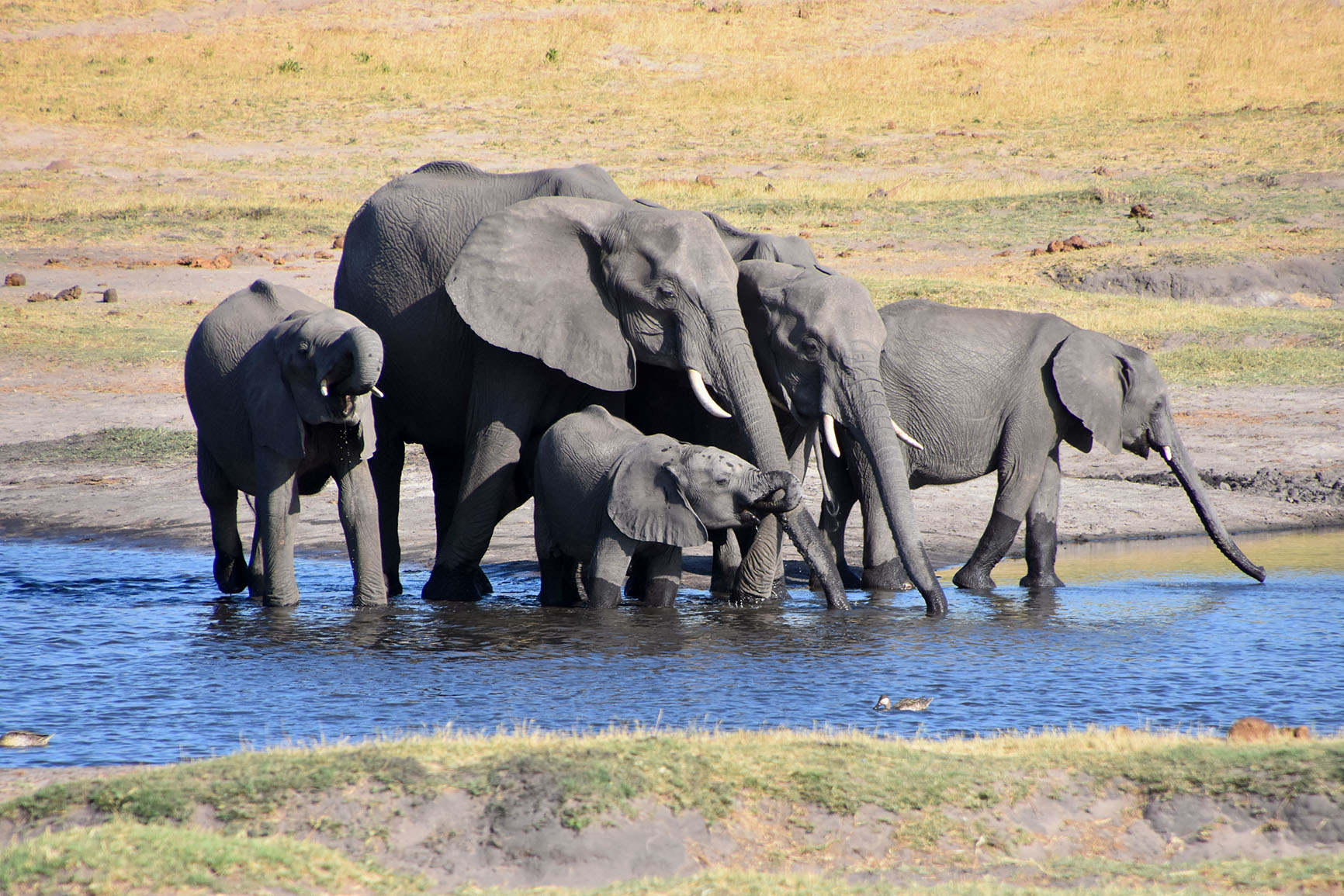
Equally, the ability of an over-stretched and under-funded conservation system was highlighted when, in July, Botswana wildlife officials reported 281 unexplained elephant deaths in the Okavango Panhandle region.
Safari lodges, camps, vehicle & transportation hubs are empty. Leaving a huge proportion of rural communities desperately in need of immediate financial assistance to protect them from hunger and income shortfalls. Accordingly, Bushmeat demand has increased during the pandemic, as people look to supplement ways of feeding their families.
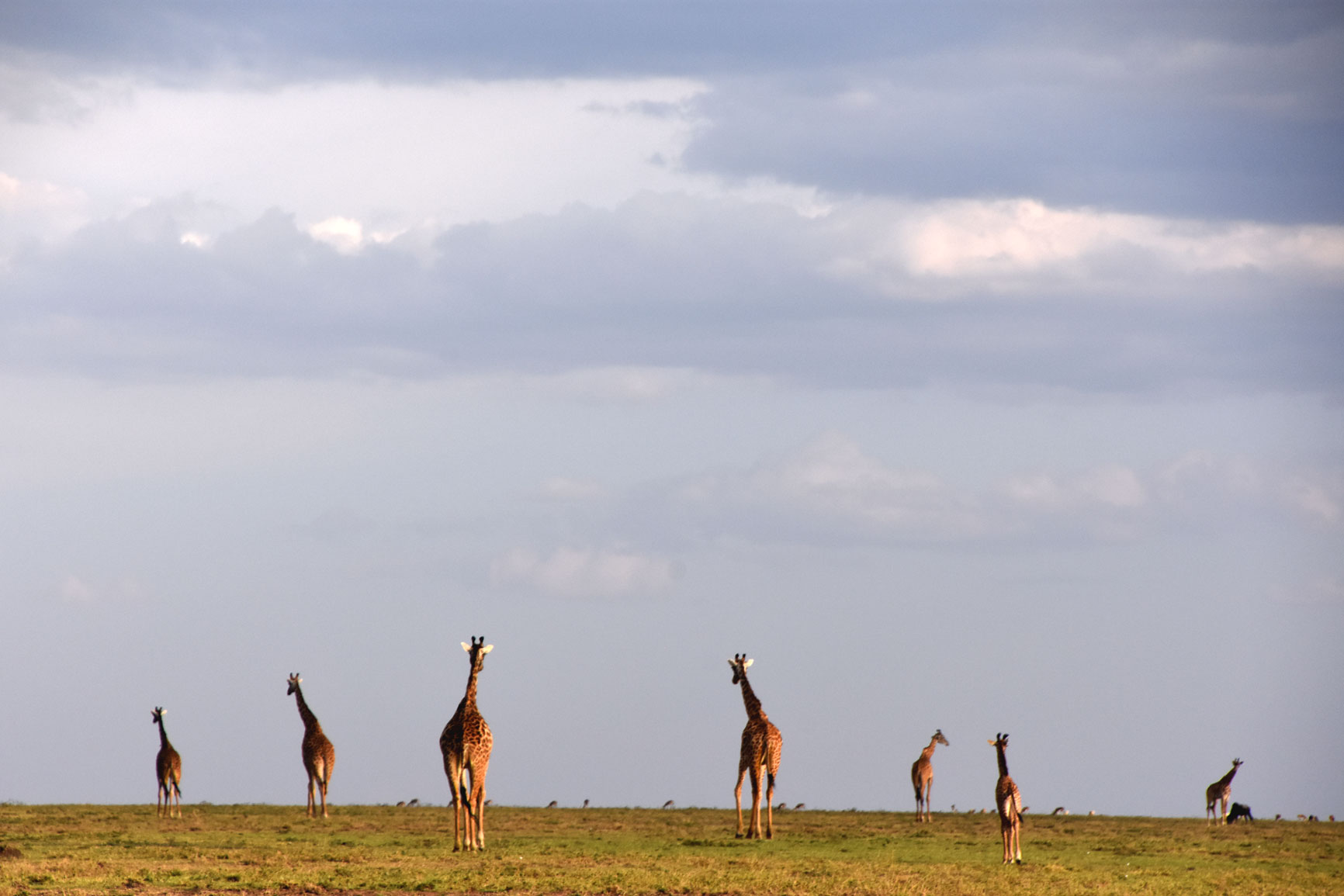
Endangered species, which in pre-COVID days saw 55 elephant and 3 rhinos poached a day, are now even more vulnerable. Without a flow of safari adventurers assisting in the patrolling of conservation areas, poaching opportunities increase. Additionally, a drop in philanthropic wildlife protection donations is evident, causing a further overstretching of local conservation systems. For example, Save The Rhino’s seven Kenya conservation sites have forecast a 2020 shortfall of more than US$2 million.
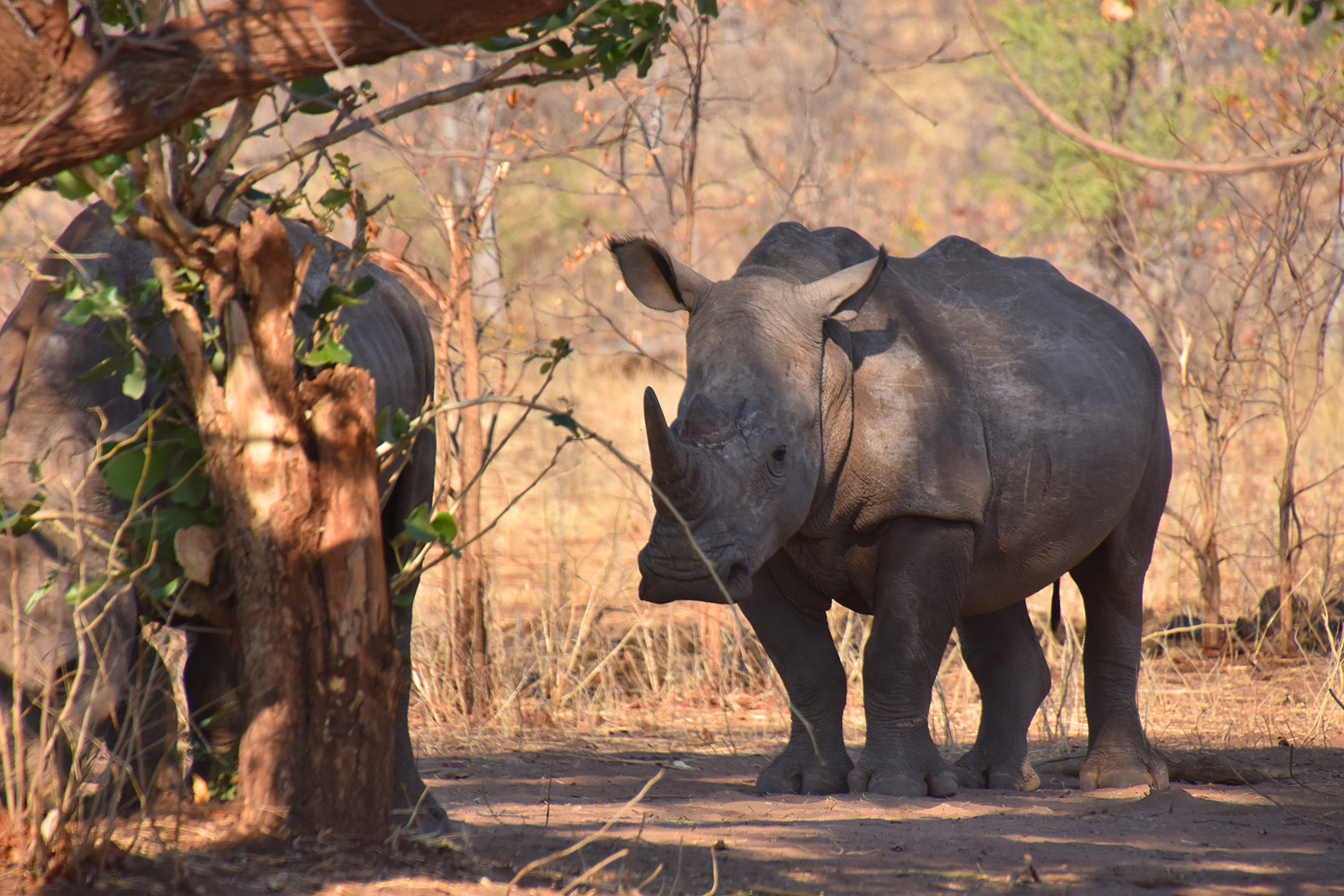
Uganda, which recently reported an annual doubling of poaching incidents (to 367 between Feb-May 2020), only has 300 lions & 2,000 giraffes. Home to over 50% of the world’s mountain gorillas, the landmark conviction in June, of a poacher who killed one of the country’s best known silverbacks, has been welcomed by pressure groups.
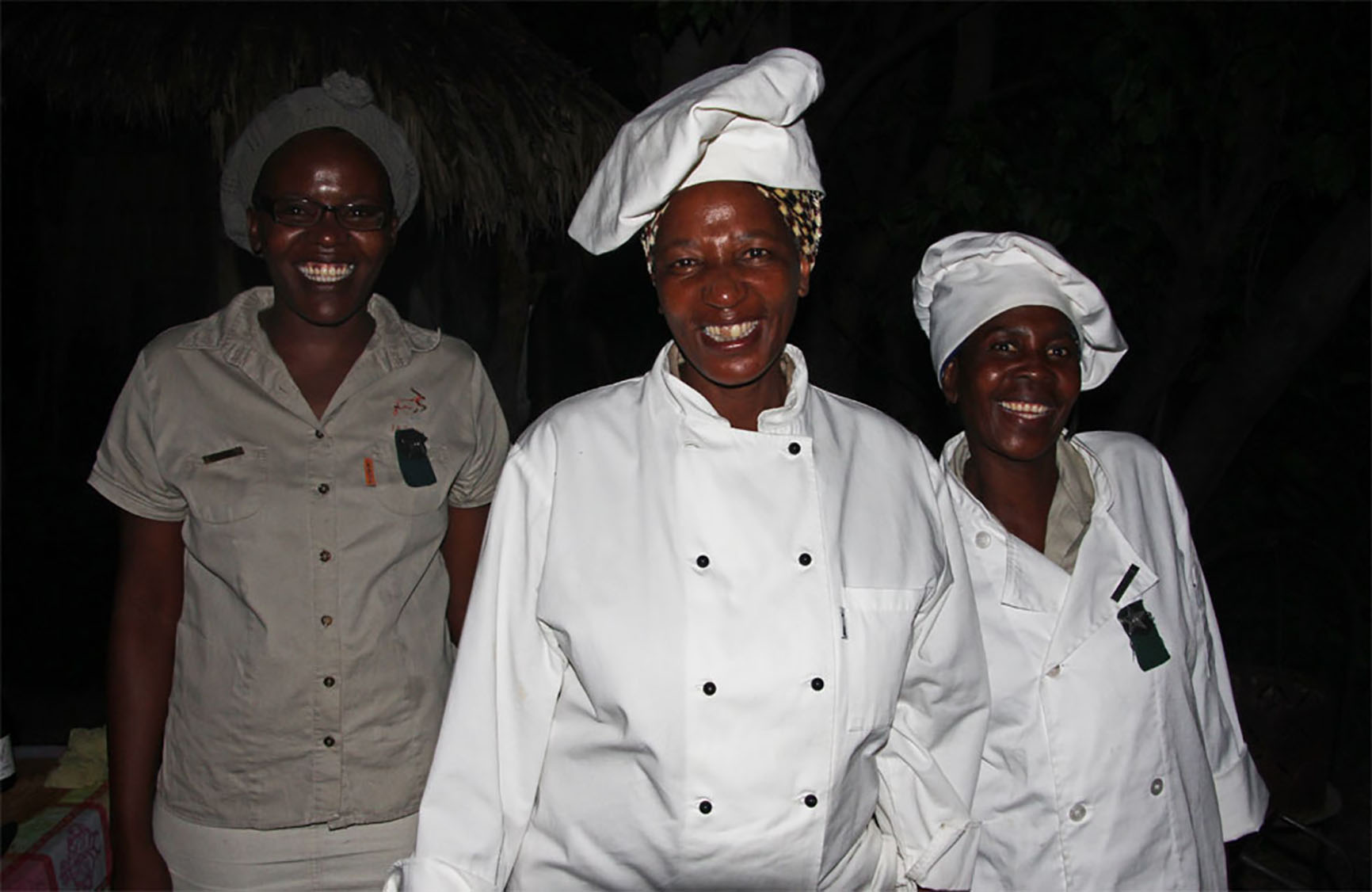
Worrying times indeed. With the very survival of Africa’s wilderness areas largely reliant on the lifting of the global travel ban.
As, in addition to the constant pressure of wildlife conservation in Africa [ref. my previous blog postings focusing on endangered African wildlife and the local safari systems (elephants; rhinos; giraffes; gorillas; lions and logistics behind Shumba Camp)], it is essential that we, as an industry, return tourists and safari enthusiasts as soon as possible.
The very future of its wildlife and delicate eco-systems depend on it.
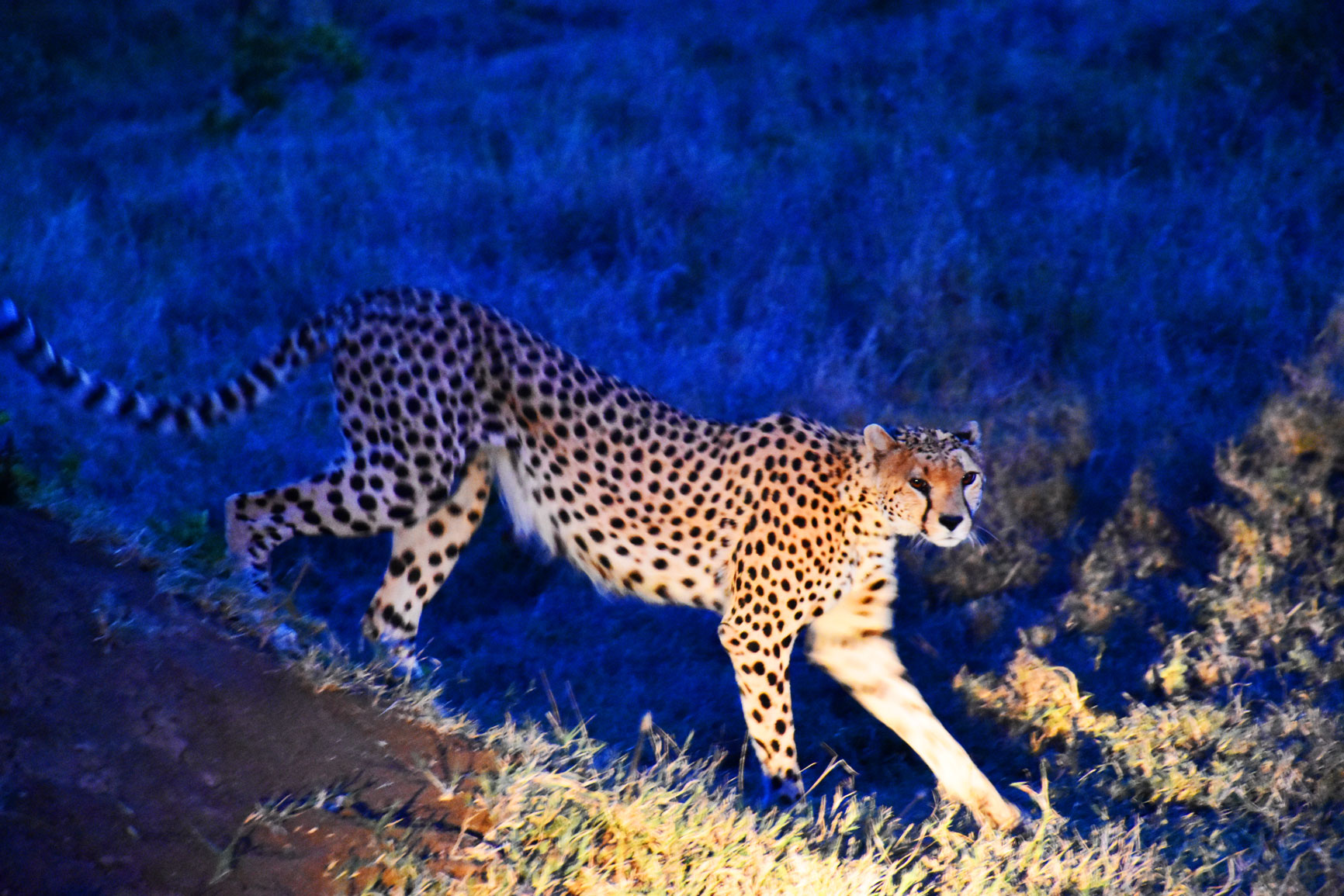
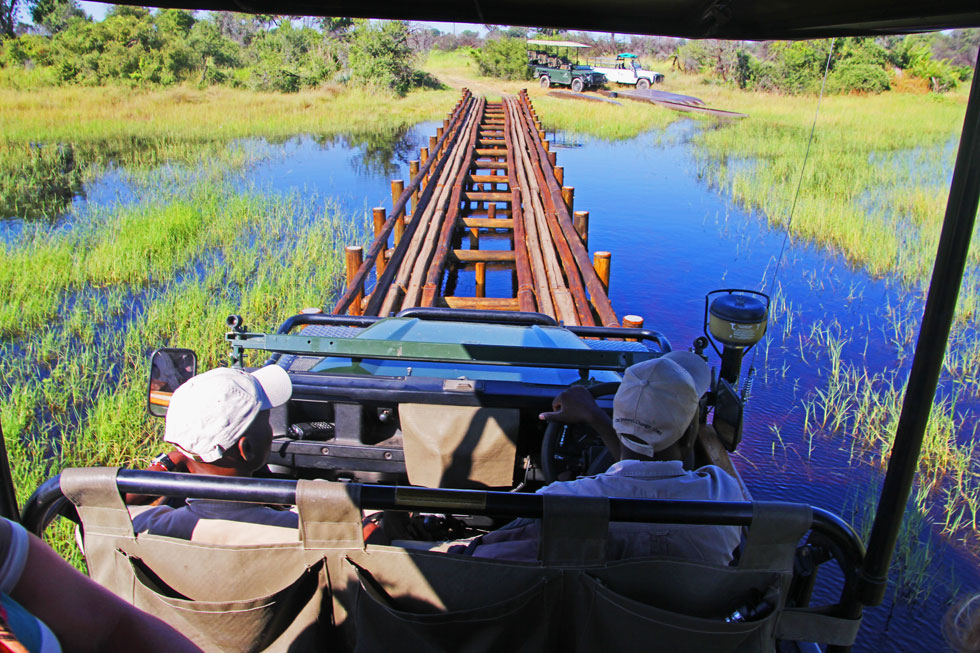
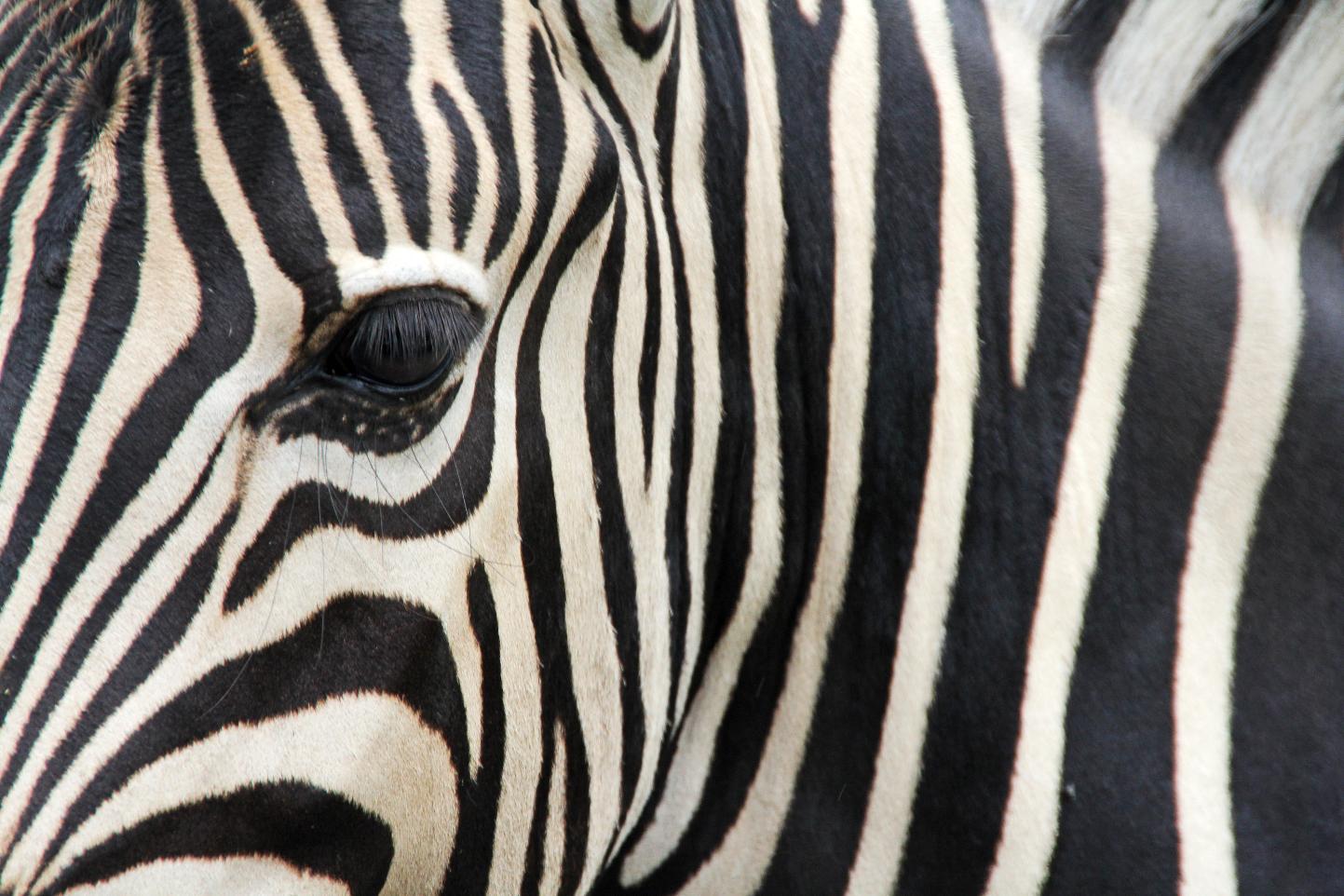
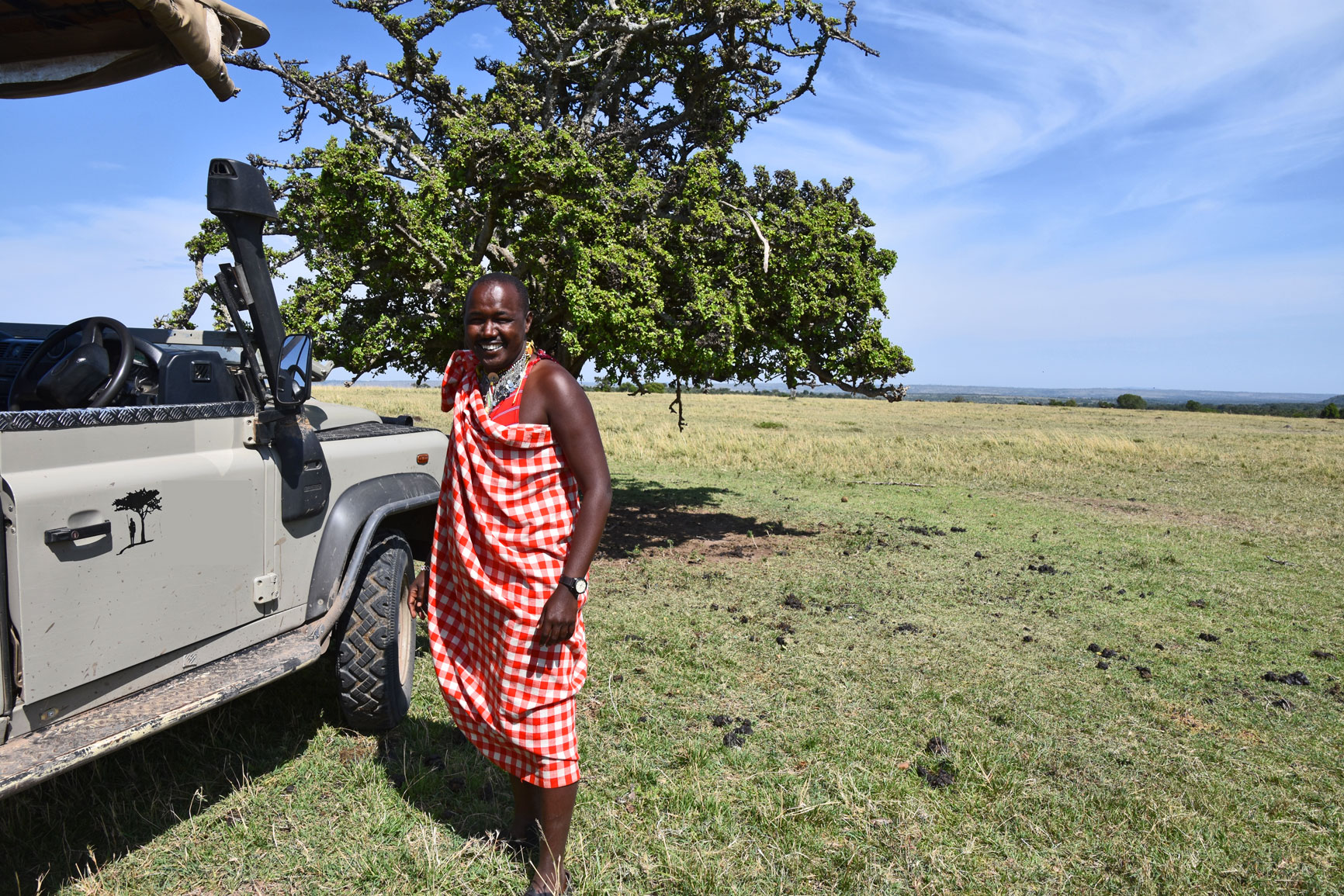
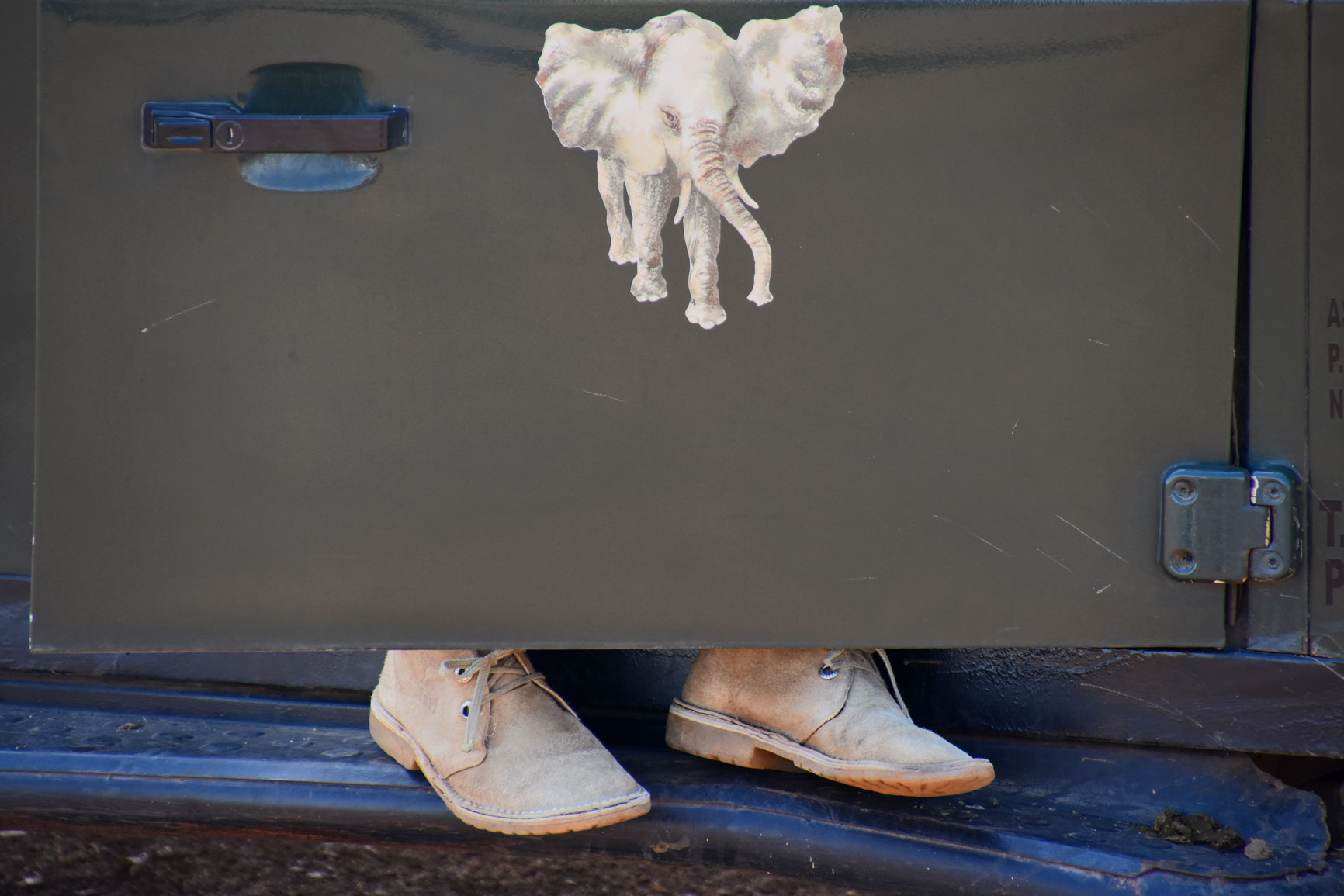
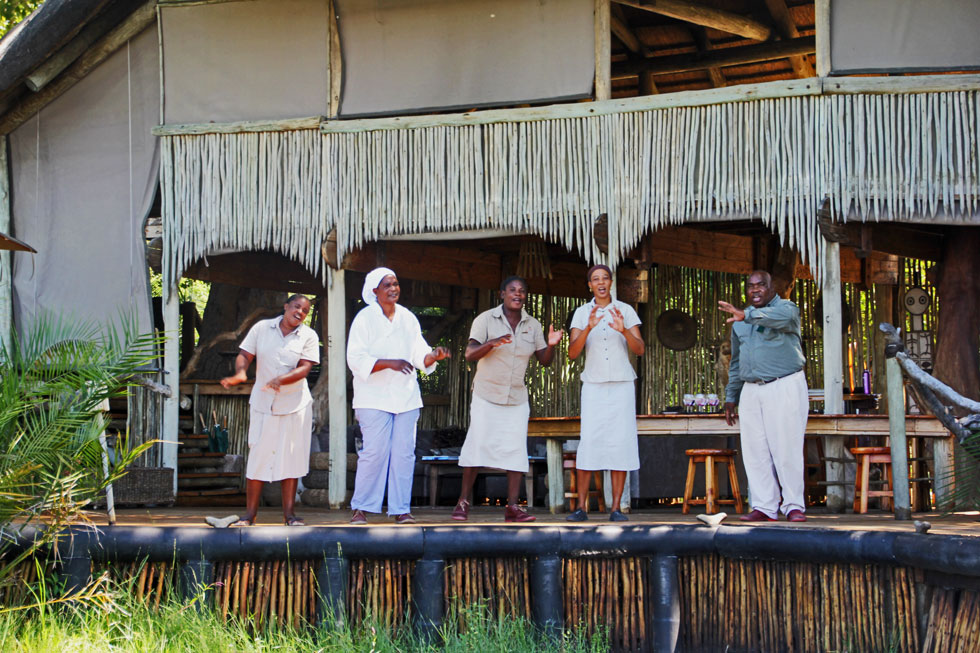
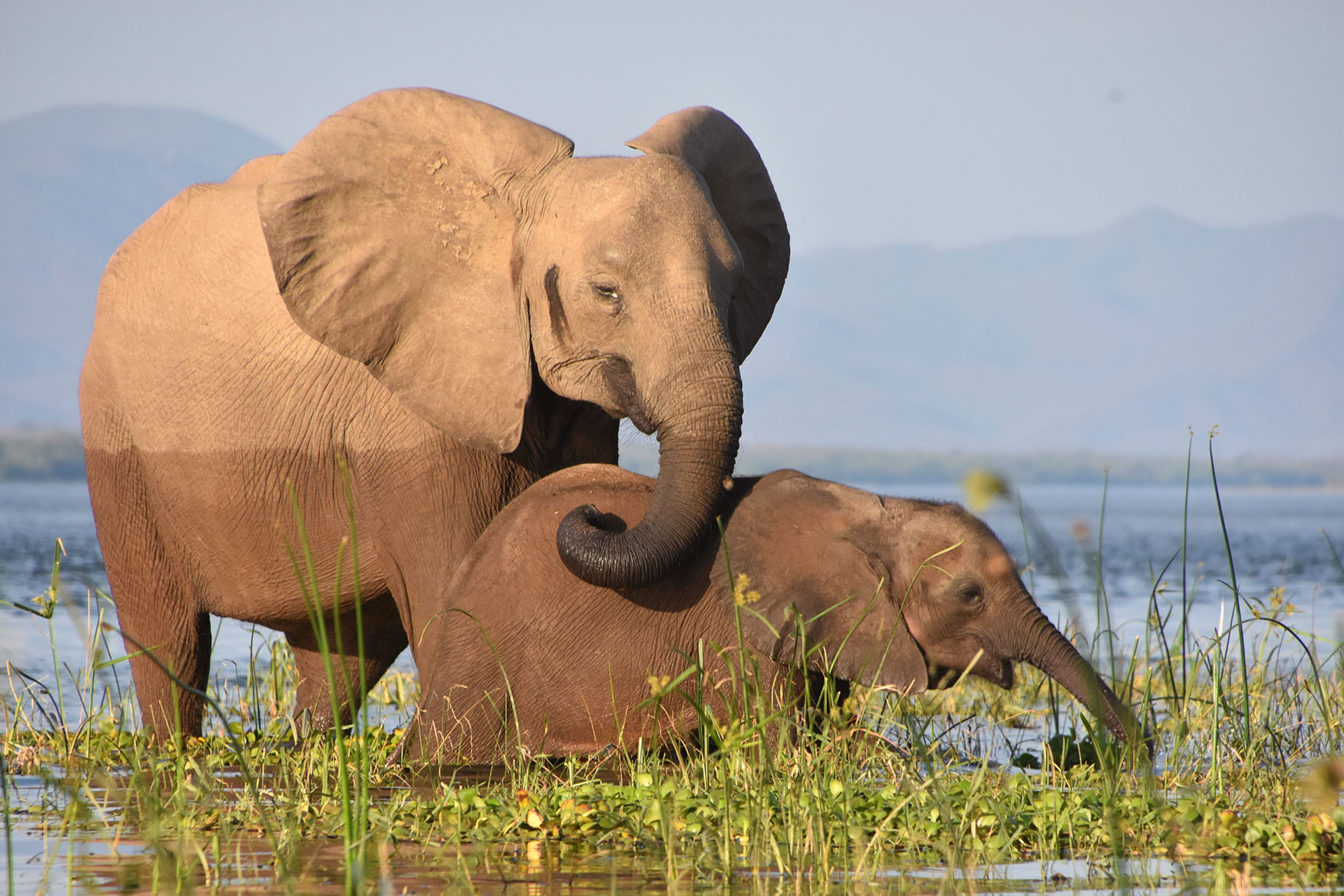

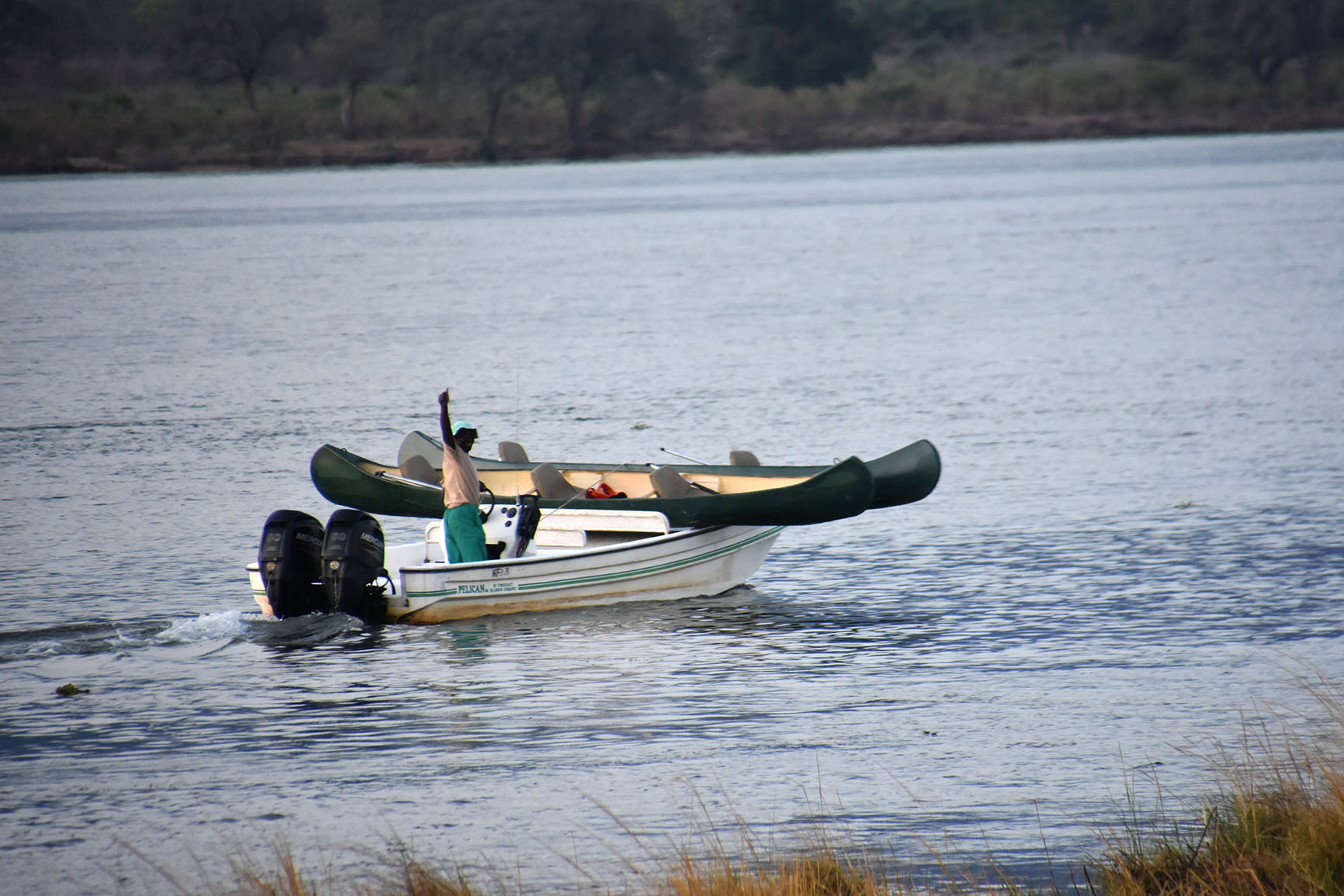
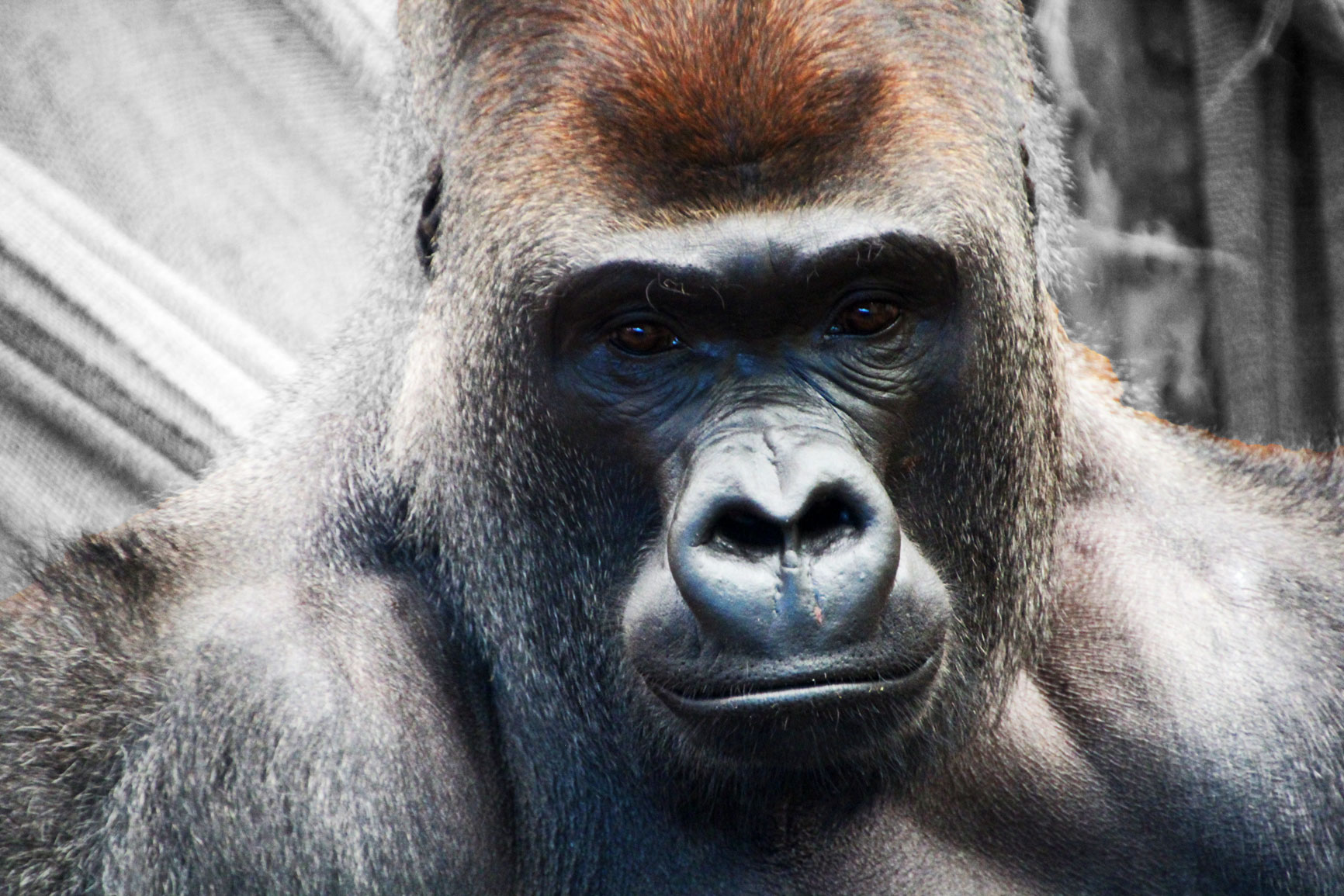
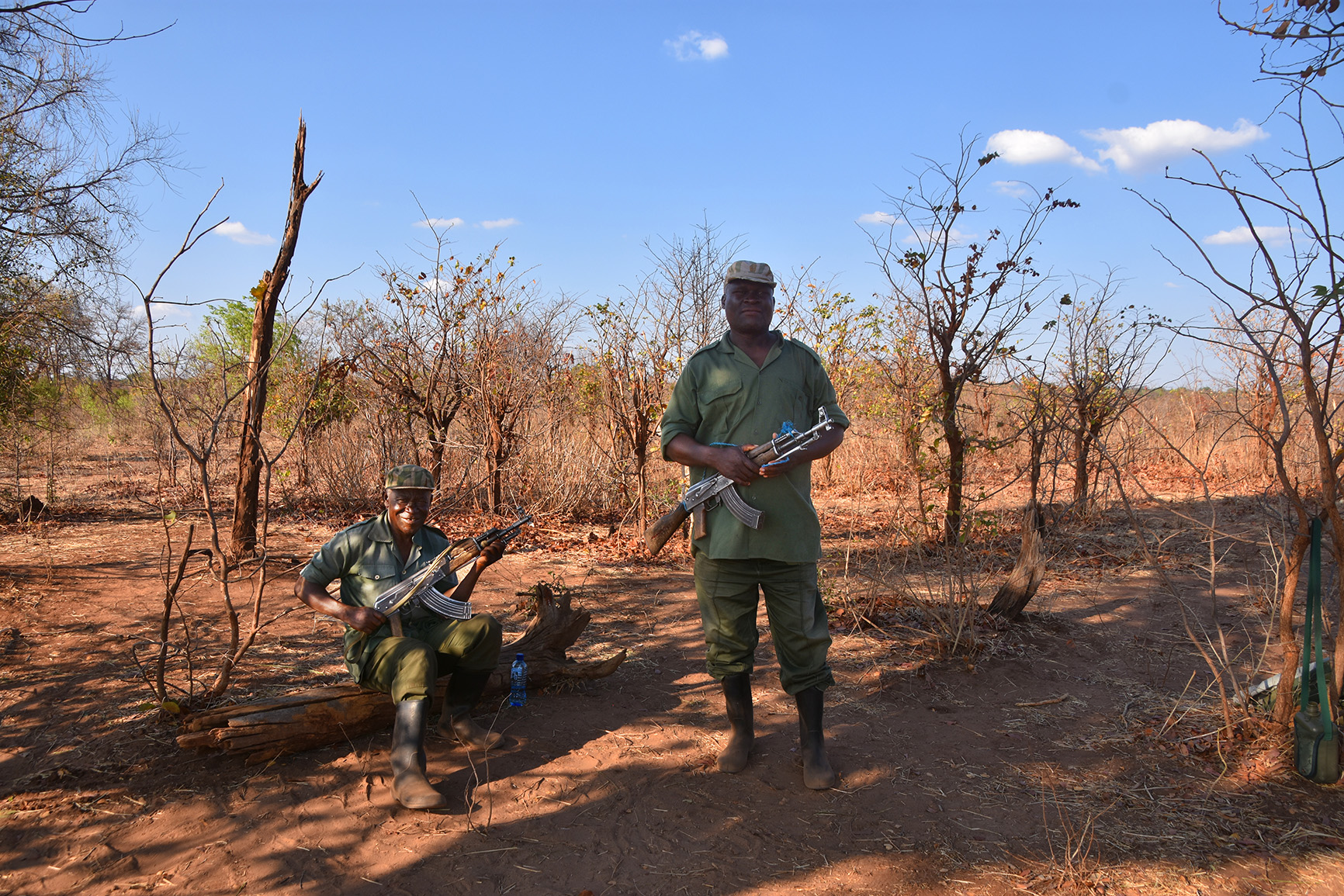
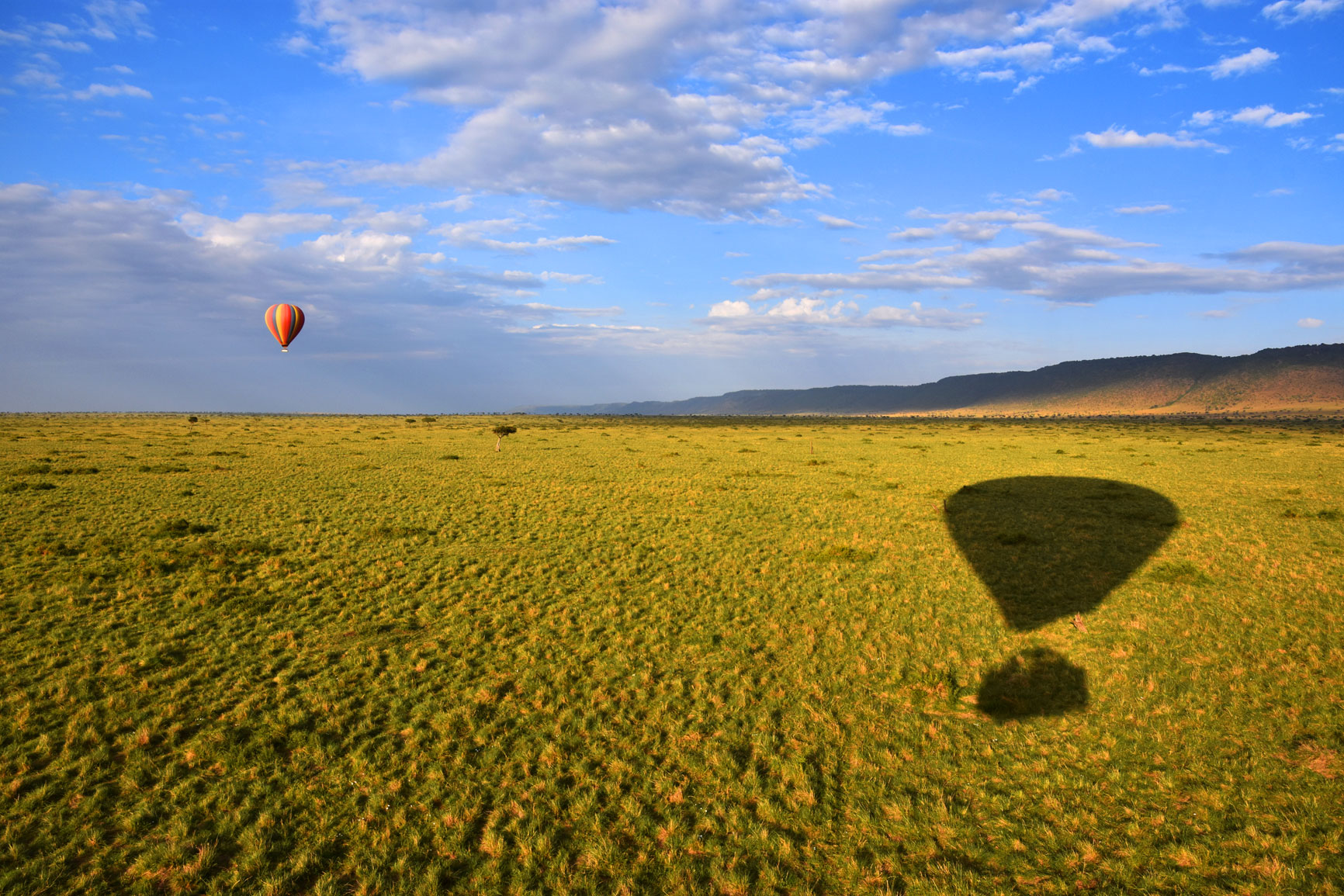
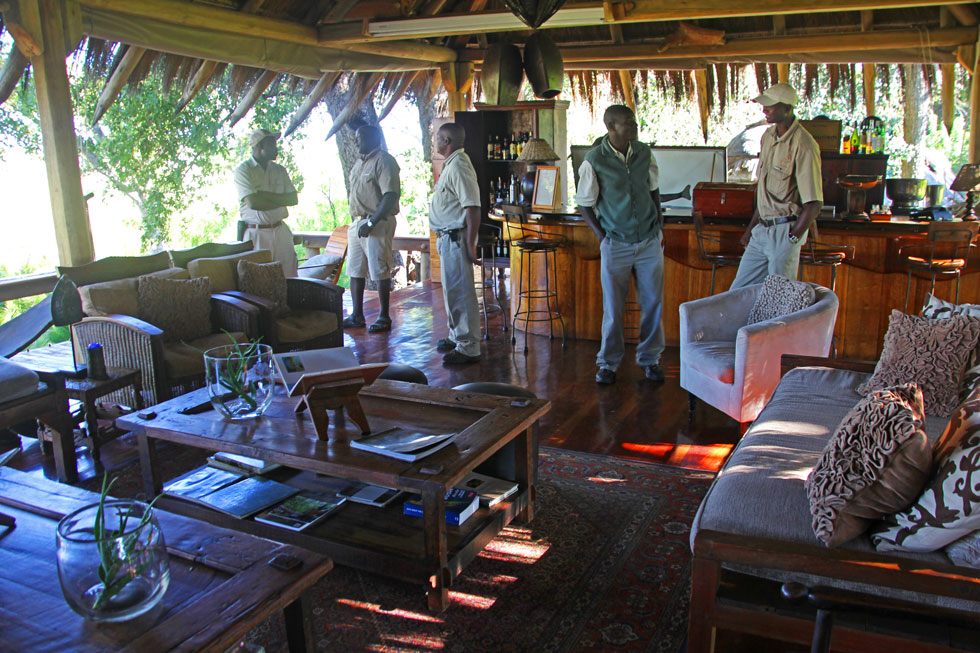

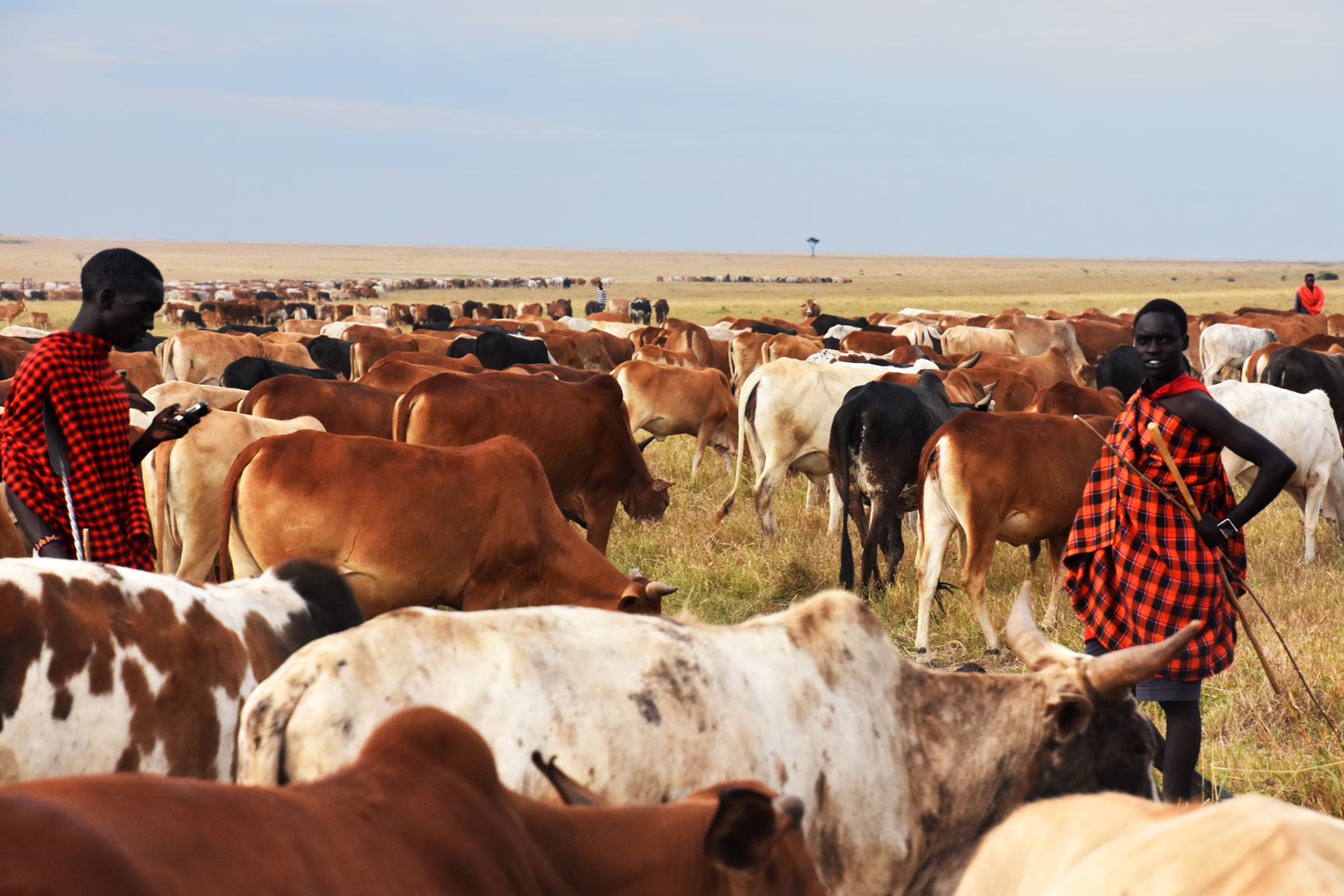
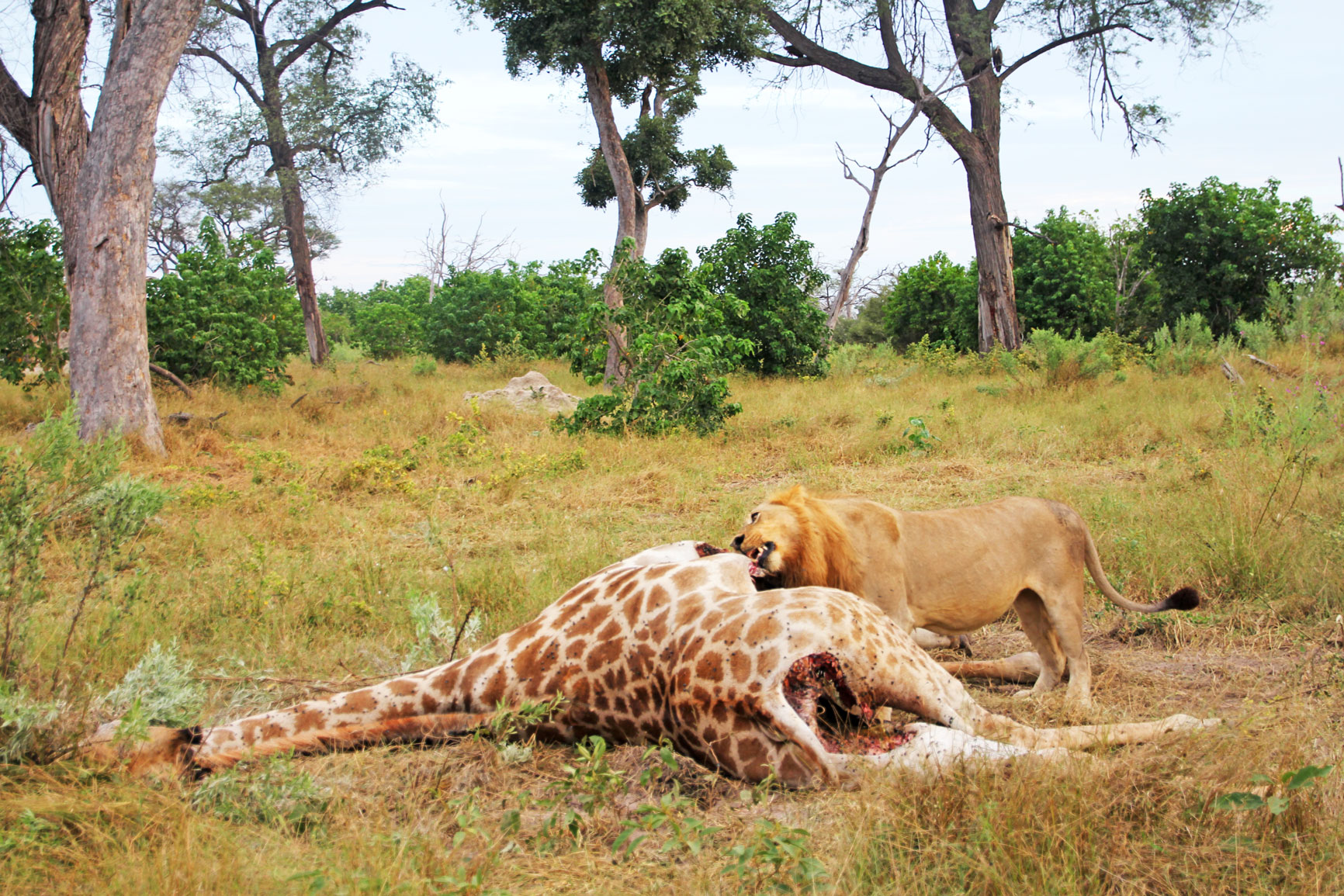
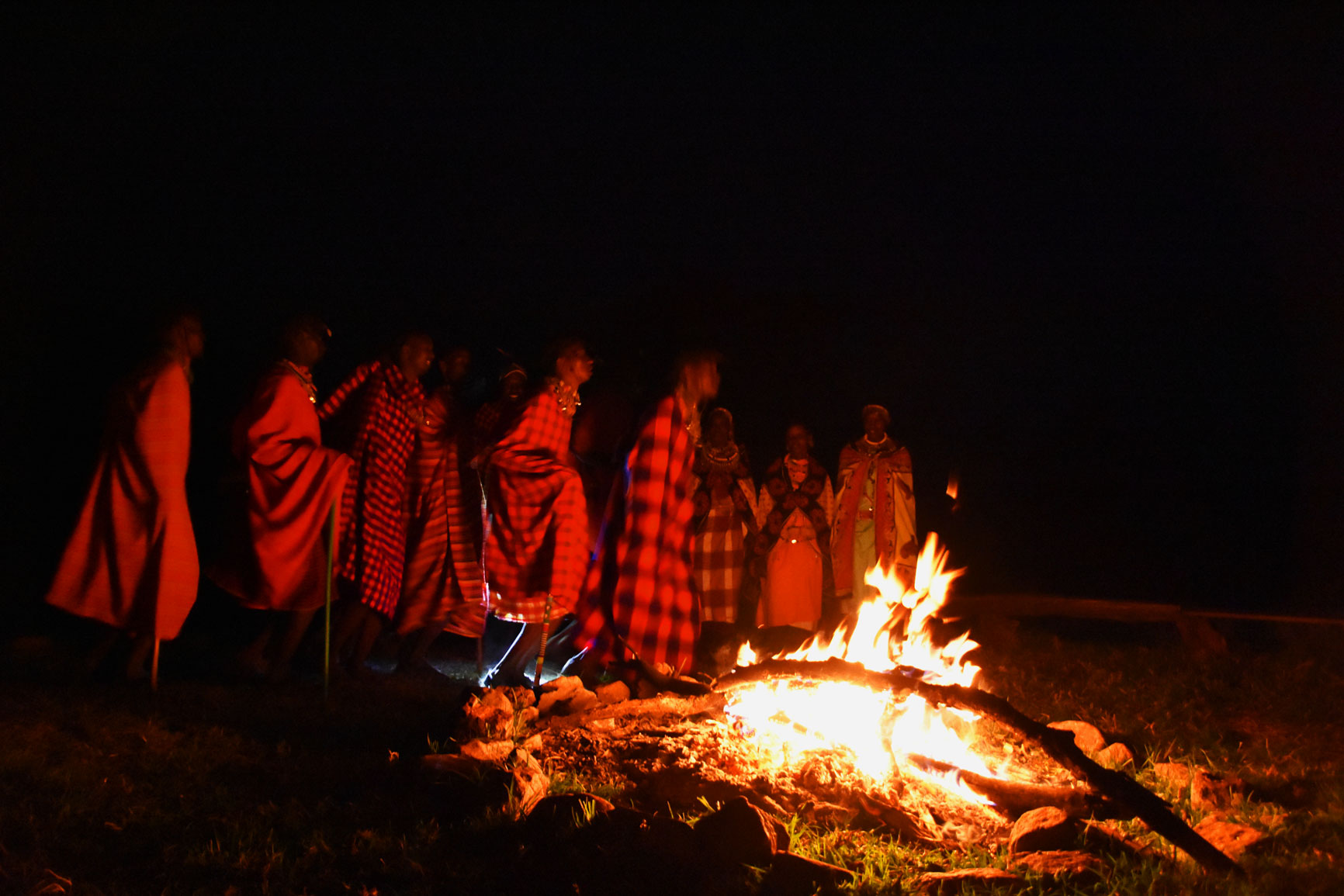
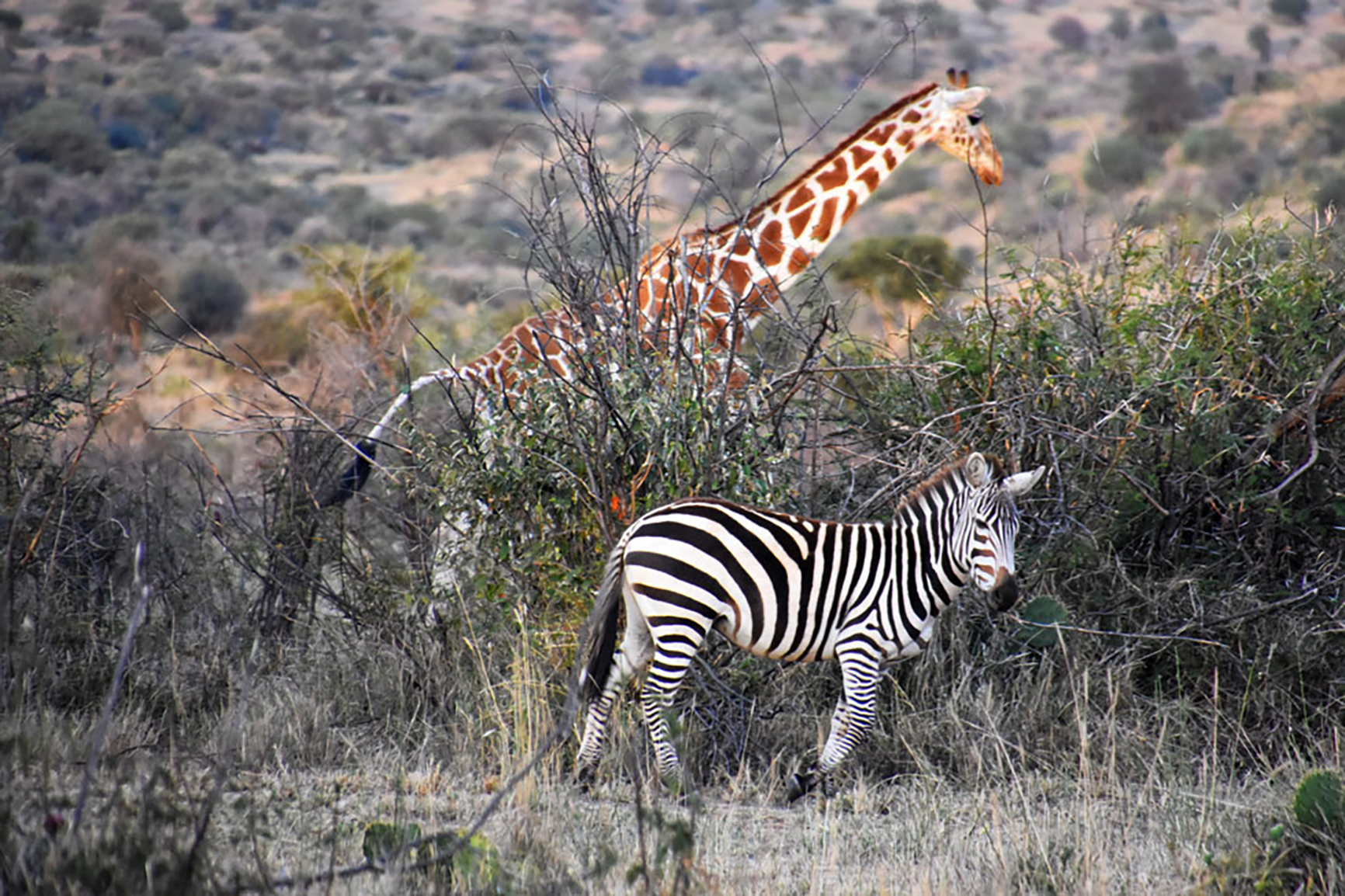
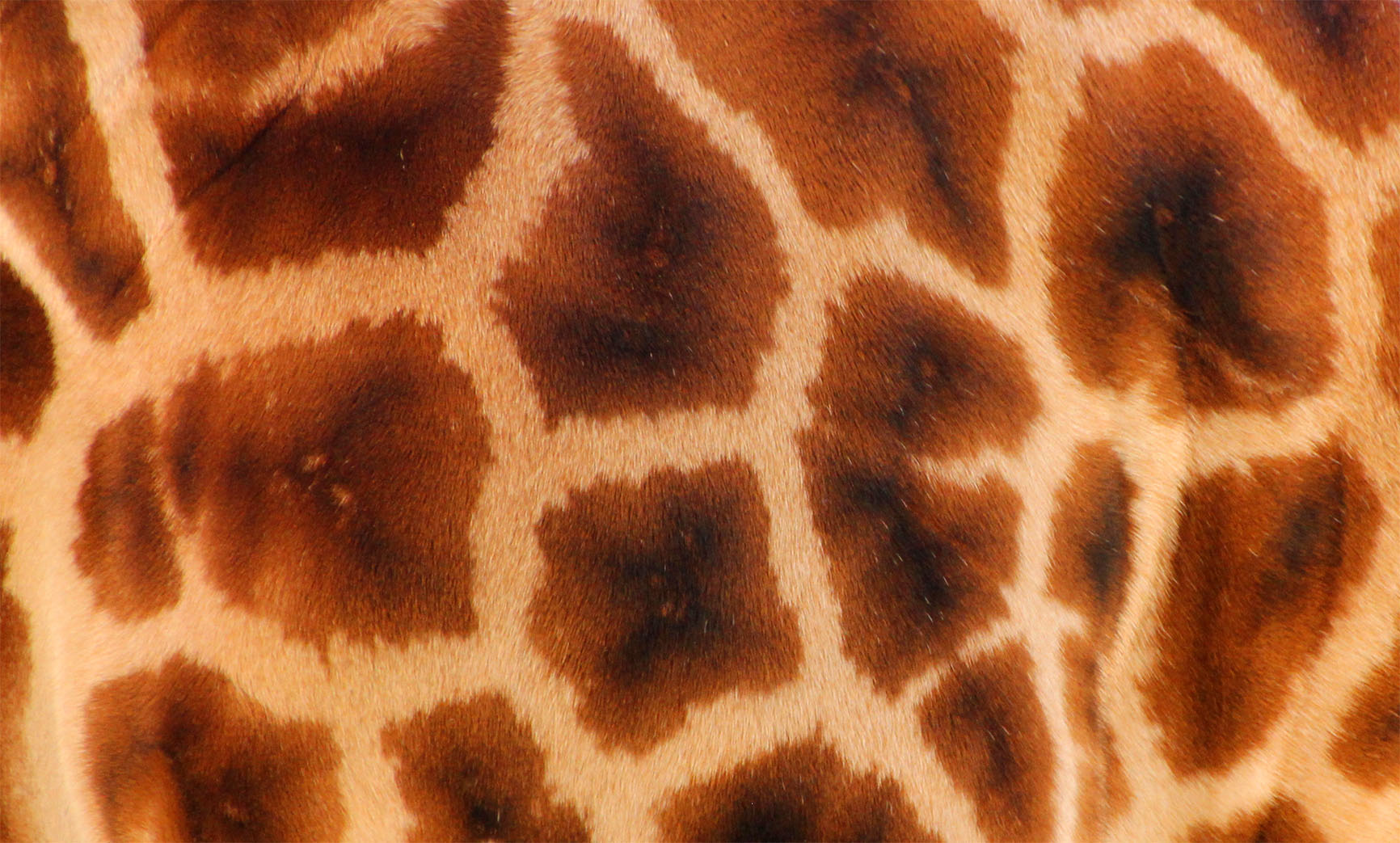








Absolutely – the biggest threat to wildlife conservation is a reduction in tourism.